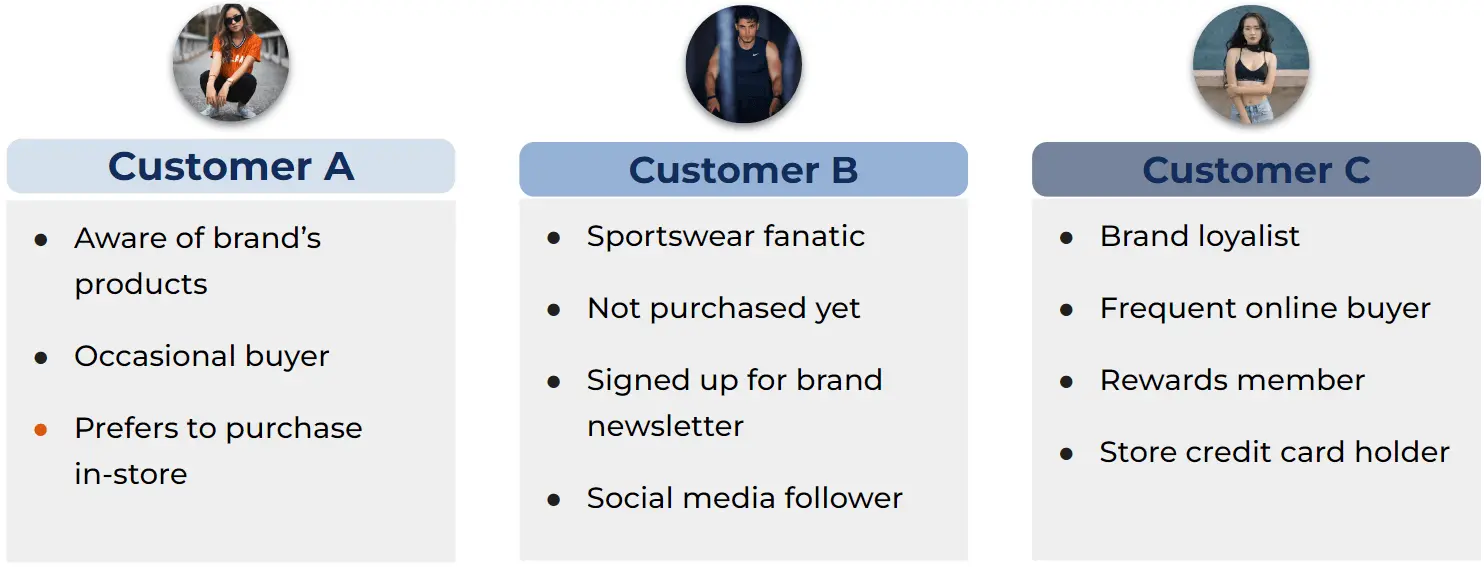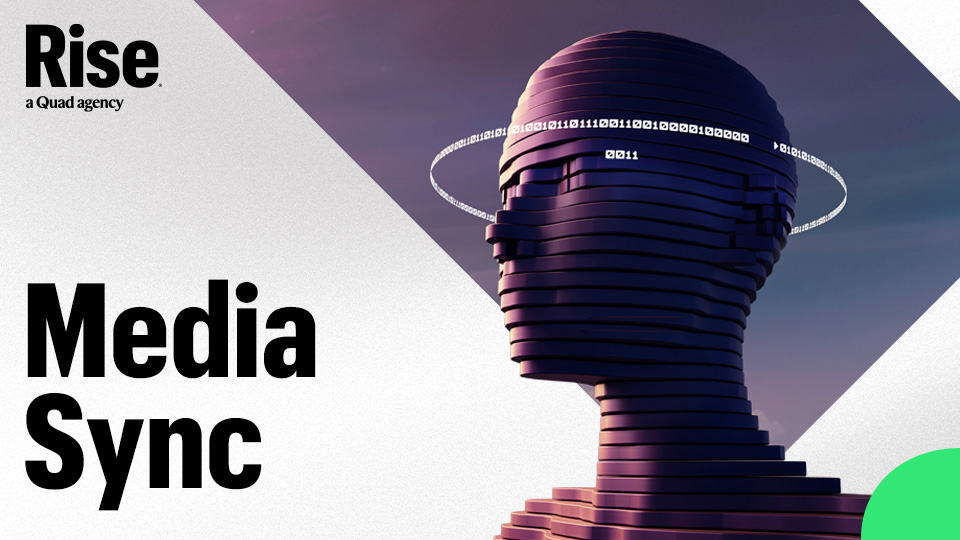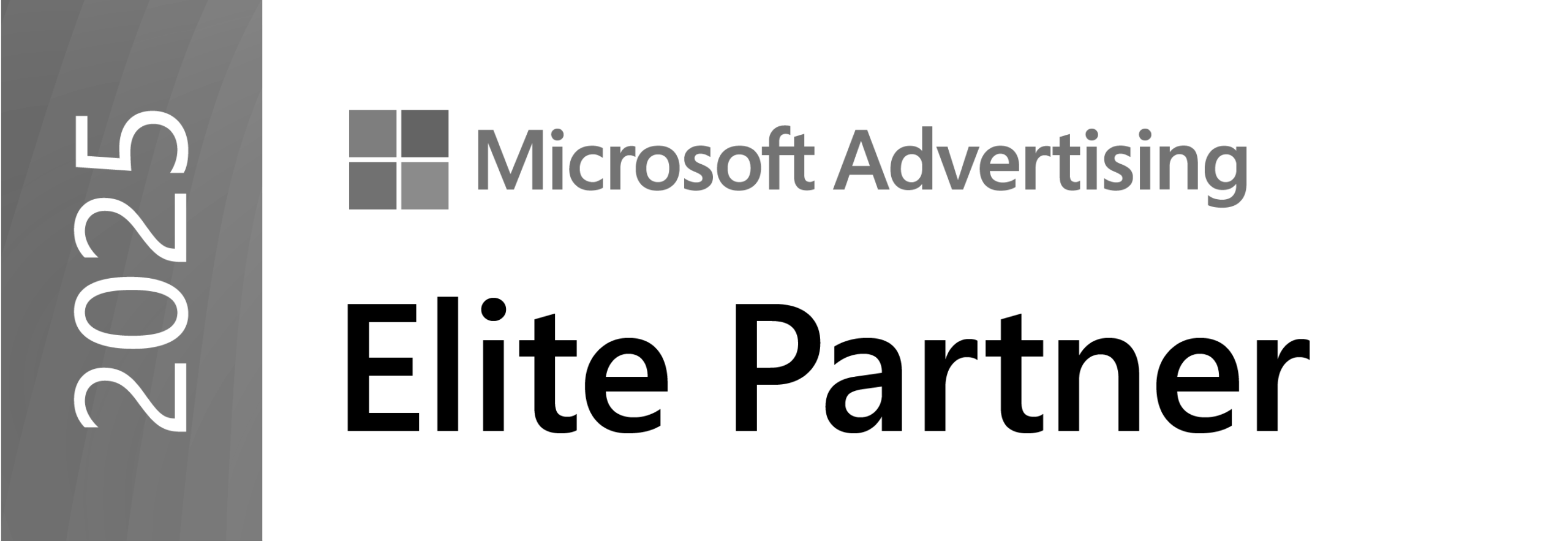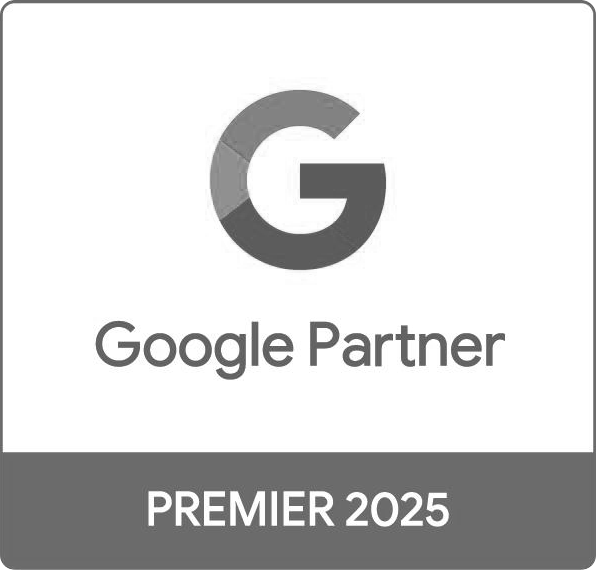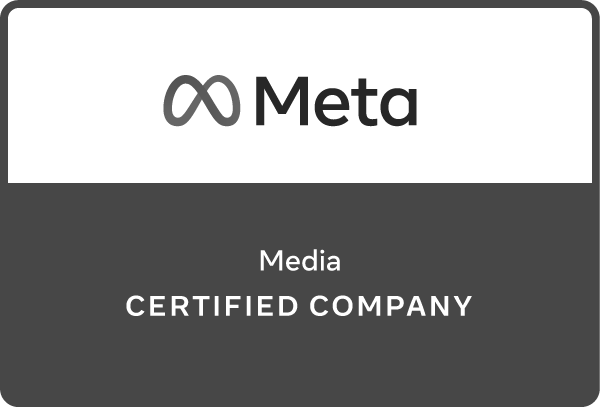
STEP 1: Someone is new to your brand, they’re starting out on their purchase journey and don’t know what’s available yet. We may want to serve them a video asset that has more latitude where we can explain who we are beyond the different products that we may carry.

STEP 2: Once they’ve clicked through to our site and poked around the different products, we follow up with a carousel ad that displays some of the products that they’ve searched. You can also include complementary products that they may be interested in to further encourage them to continue their journey.
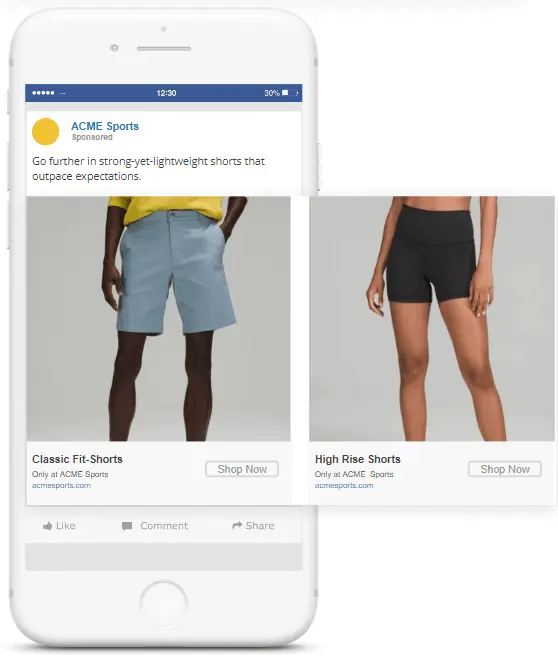
STEP 3: Then when they are exhibiting signals that they want to purchase, we can serve them a conversion ad with a strong call to action, such as any deals or offers, to further underscore the urgency in making a purchase.

Now, just because two brands are in the same space doesn’t necessarily mean that they are directly competing. In this case, the differentiation really becomes the levers we create and where we focus budgets based on customer and data analysis. For example, Brand A and Brand B below are in the same industry. Are they directly competing for ad space though? (Spoiler alert: the answer is no.)
- BRAND A has minimal brand awareness, but a decent amount of very loyal customers. We know from the data that Brand A customers have a high lifetime value and repeat purchase rate. Brand A may want to focus more spend on the awareness and consideration stages of their campaigns in order to widen the pool of these already very sticky users.
- BRAND B enjoys great brand recognition, but has a higher price point. As they go through their purchase journeys, many ultimately drop off before making a conversion. Brand B may want to focus more spend on conversion ads so that they can explain their value proposition or extend deals and offers that make them more price competitive with their competitors.
It is this type of budget allocation customization that allows brands to be competitive and really focus on areas that will drive their business forward. Using the right levers in your campaign set allows you to make these decisions because you have full visibility, as well as the ability to influence the amount of budget that you allocate in different areas of your account.
How will this evolve in the future?
I’d be remiss not to mention AI (artificial intelligence), but my recommendation is more than you think. Our team did a quick experiment around how generative AI will shape the future of creative assets across the social media platforms.
We used a very pointed AI prompt for an Instagram ad. In this case, it’s white Nike sneakers. We had the color, the brand, the item itself, and knew exactly the type of background the product should be shown in, a skate park. AI then generated these options for social creative:
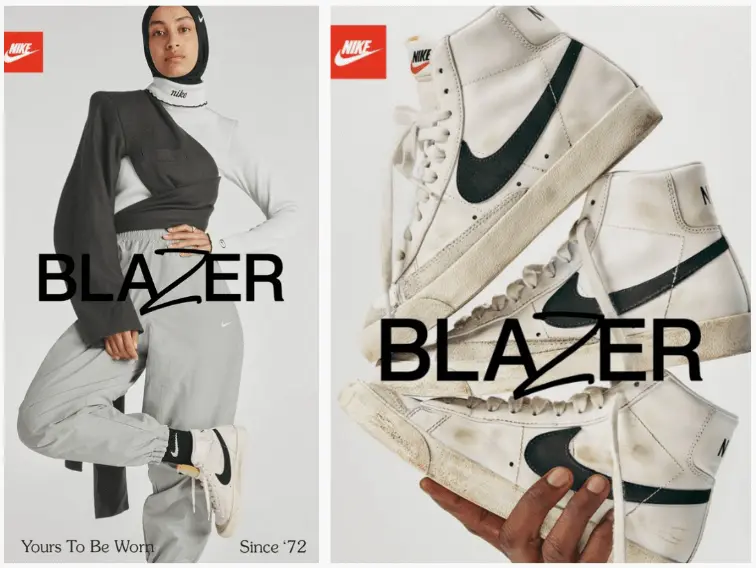
Three key takeaways for social commerce success
1. Ensure that you have the right customer types in your account, and target enough of these customer types to reach them in the moments that matter.
2. Use ad creatives that are not stale. Incorporate enough creative variations in the different groups of customers you’re trying to reach so that you’re always resonating with them and moving them along their shopping journey.
3. Most importantly, build a strong infrastructure so that you not only have the levers, but also full visibility into all of your marketing dollars.
Want to learn more about social commerce and building an audience-first approach to exceeding your goals? Contact us today!



